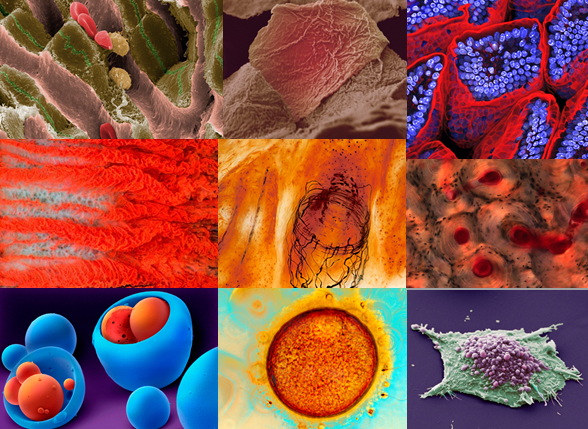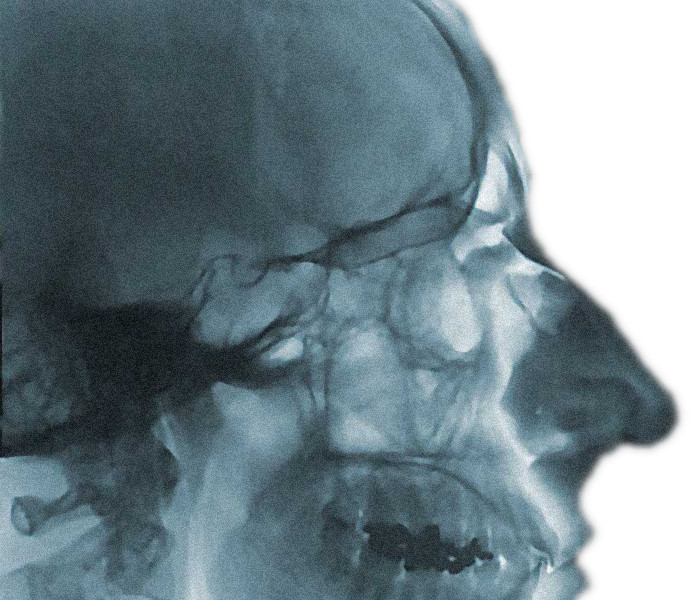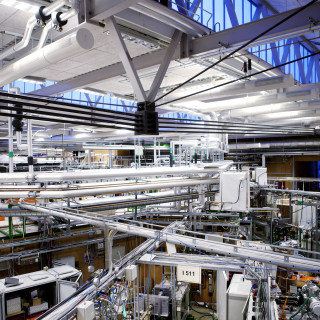How images changed us
Opinion by Max Liljefors, Professor of Art History and Visual Studies at Lund University
2013
If you open the first issue of the journal Popular Science, from May 1872, you are struck by something – there are almost no pictures, only ten black and white illustrations over 128 pages full of text. Nowadays, the journal’s pages are overflowing with colour images, with the text being reduced accordingly.
This is a concrete example of how important visualisation has become in many sciences, both in the research process and in communication with wider society. Today, science produces images rather than descriptions of the world.
X-ray images took the world by storm at the end of the 19th century. Being able to see through the skin into the body without first cutting it open with a scalpel brought a dramatic change in how people imagined the inside of their bodies. Today, bioimaging visualises the components of organic life in increasing detail. The doors to our bodies’ invisible interior have been opened and reveal a world of biochemical complexity that is amazingly photogenic!
These images are spread quickly through popular science and popular culture, in newspapers, on television and via the internet. However, a scientific image that moves from the laboratory into popular culture does not remain the same. In the laboratory, the image represents specific data, for example measurements of blood flow in the brain. In popular culture, such information is usually removed and the image is instead attributed more existential meaning in relation to people as biological beings.
So, how do the new bioimaging techniques change our understanding of the body? The answer is hardly unequivocal. Bioimaging shows us our microscopic biology, but this biology is unrecognisable and difficult to relate to the living experience of the body. We get to know that genes decide who we are, and neurones what we think and feel.
At the same time, the differences between humans and animals appear simply as variations in biochemical substances. Progress in bioscience raises many ethical questions, from the use of embryos in research to trade in organs. If images are the form through which the public understands science, how do images influence our attitude to these issues? Bioimaging is about both biology and society. In order to really understand the bigger picture, the biosciences and humanities disciplines such as visual studies and ethnology need to cooperate.
When you close the latest issue of Popular Science, you have been inundated with scientific images and a new thought process has started. What did you see in the images? They may have changed your view of yourself and your surroundings.





